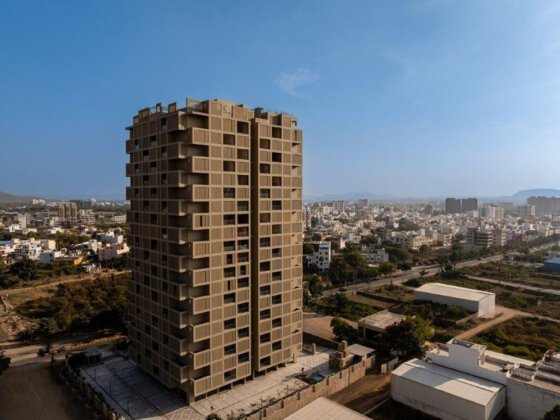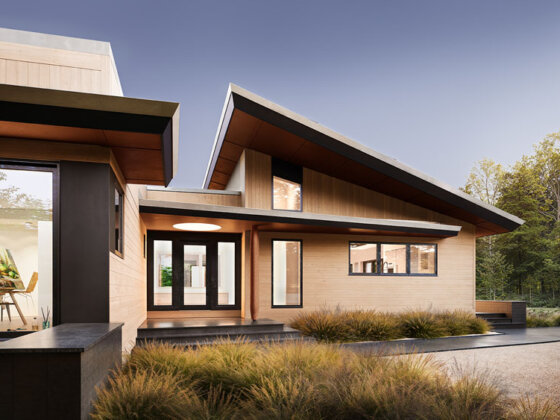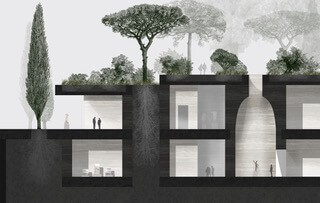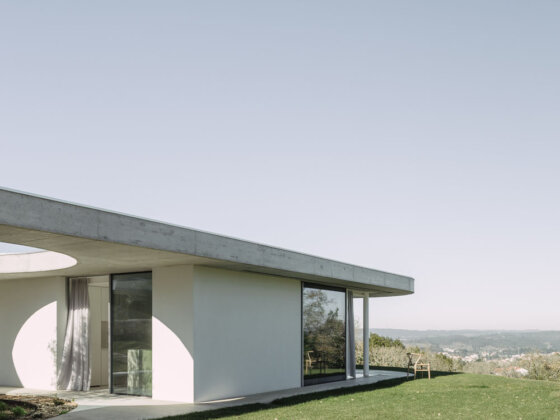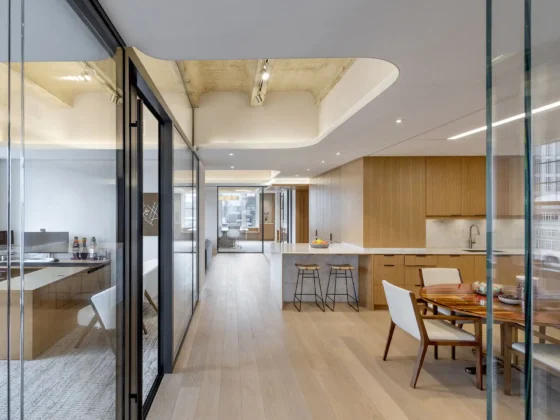Shantou, Guangdong, China
Located on the main road of Shiyihe Village, the recently completed Future Artspace H by Xie Peihe and his team from AD Architecture ponders the boundary of the project beyond architecture, trying to speak for the city and society through design.
Future Artspace H is established by Future Vision, a Shantou-based emerging institution dedicated to commercial art and management consulting.
The construction of the project is meant to inject an artistic atmosphere into the village as part of rural renewal.
With the improvement of living standards, residents in the village, who used to make a living by farming and fishing, have moved out of their old houses and have built multi-story square-shaped new residences on designated plots.

For a long time, rural construction in many villages has evolved in the absence of planning.
The chief designer Xie Peihe, having grown up in Xinxi Town where the project is located, witnessed the disharmonious evolution of the built environment of local villages.
He noticed that box-like new constructions built amidst traditional houses are erasing traditional architectural aesthetics.
As a professional designer, Peihe felt the responsibility to do something to activate and redefine the lifeless rural neighborhoods.

This project is intended to create new order, introduce commercial art, and help shape a new community.
With a simplistic design approach, AD Architecture created “empty” spaces, in order to offer more functional possibilities to support the commercial operations of the venue.
Starting from an assumed basic function for weddings and banquets, the design team endowed the place with undefined possibilities, to allow for more effective use of space and enrich its operations.

The also created diversified art scenes and produced a hybrid of and balance between commerce and art.
The functions of the space are not fixed, but are defined by users.
The design team imagined a place with infinite possibilities triggered by the connection between users and space.

Playing with abstract geometry, the design team created a simplistic, artistic building that invites visitors to explore.
Drawing on the wisdom of traditional courtyards, the inner and outer yards gather people and present a modern form.
The design creates interaction between interior and exterior, architecture and environment, architecture and people, and produces a truly people-oriented art space.

Through a pure building form, Xie Peihe and his team hope to enable the venue and people engaging with the space to exert a subtle impact on the surroundings.
The design team also considered the building’s interaction with the surrounding environment by creating an iconic skyline with a curve, producing an eye-catching visual identity.
The minimalist aesthetics of the building conveys a sense of affinity… simple, yet inclusive.
The free changes of light and shadows enrich the form of the space throughout the day, resulting in a varying aesthetic and a more intriguing space.

The light and shadow effects are thoroughly planned through design strategies.
The design team didn’t see light as a symbol of divinity, but as a power that represents nature and variation.
The form of natural light is expressed by its shadows.
Breaking away from the conventional connotation of architecture, the design team approached the project from the perspectives of the city and society, intending to create an art space that integrates into both the market and the public life, to convey the value and warmth of design.


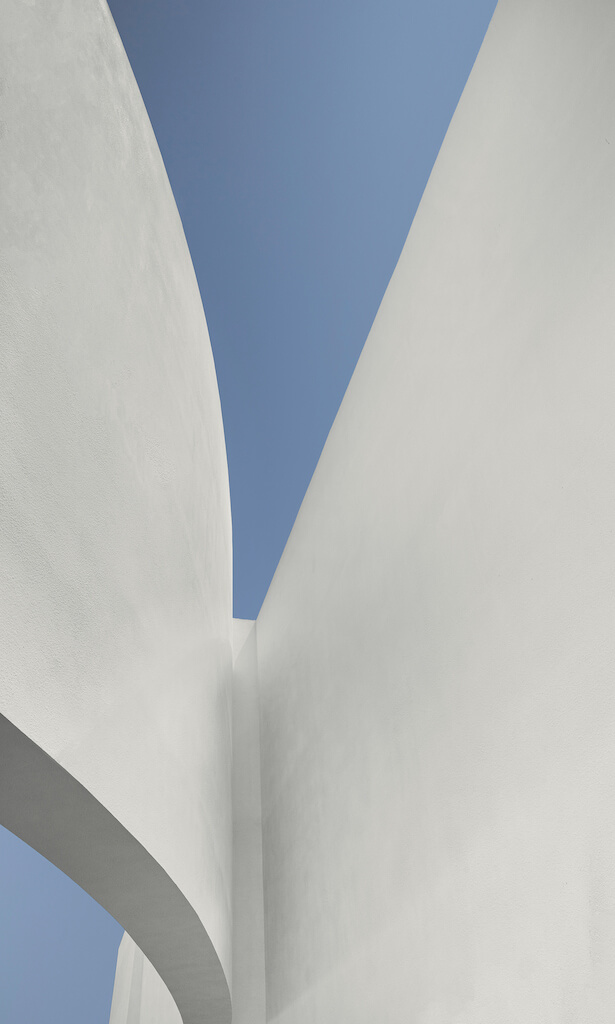
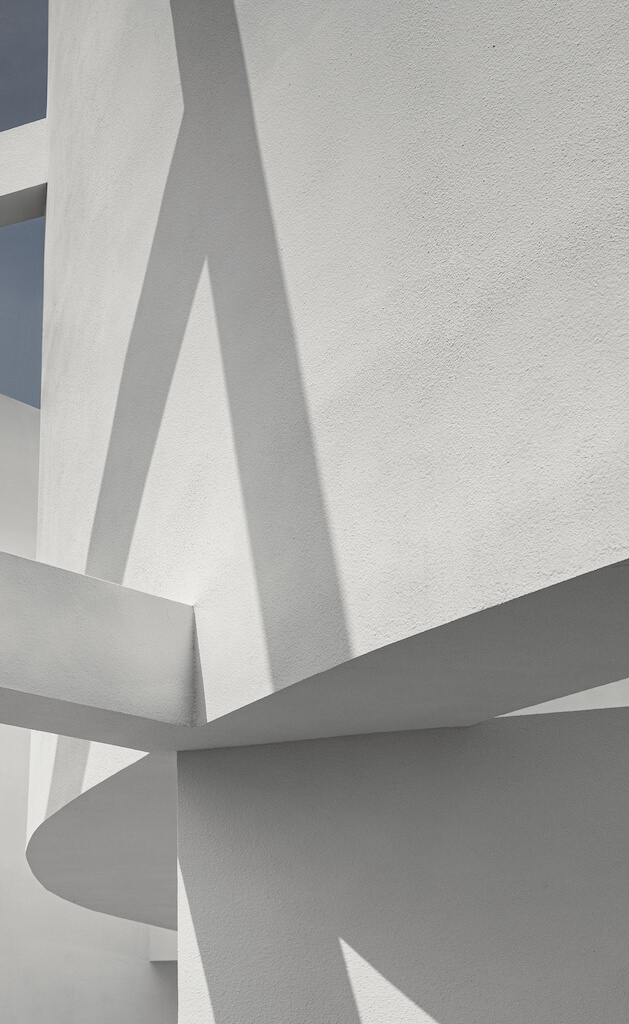




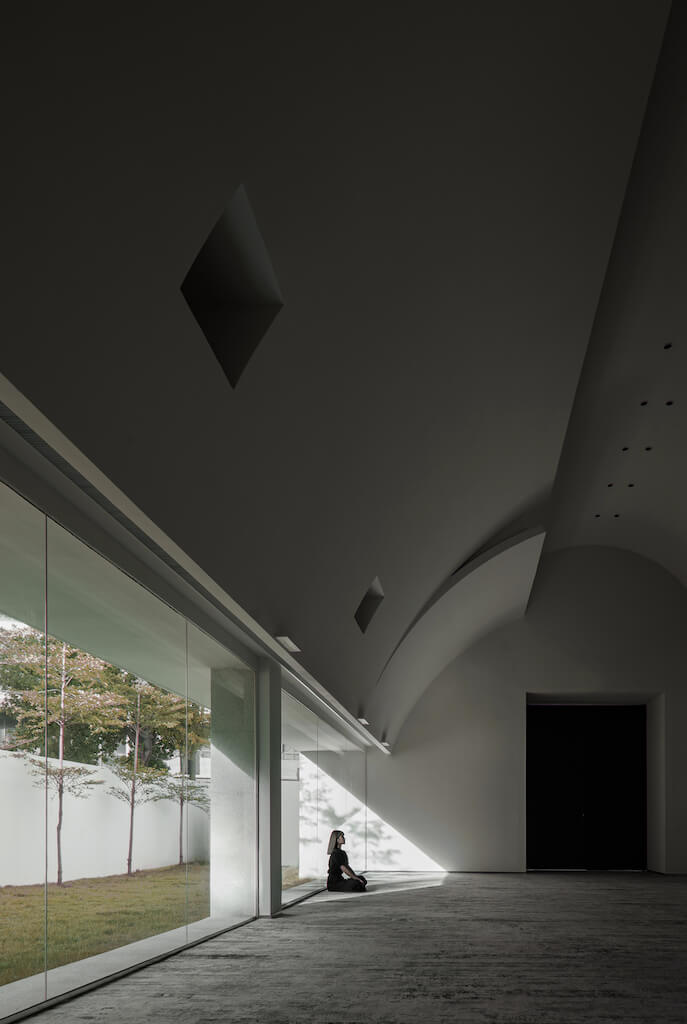

Project: Future Artspace H
Architects: AD Architecture
Lead Architect: Xie Peihe
Client: Future Vision
Photographers: ZC Architectural Photography Studio, Flight Film




